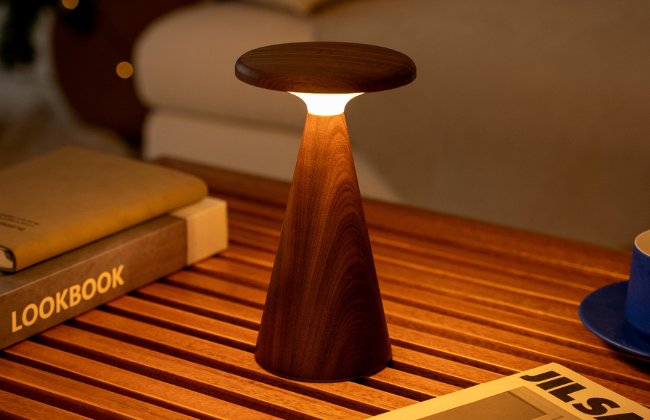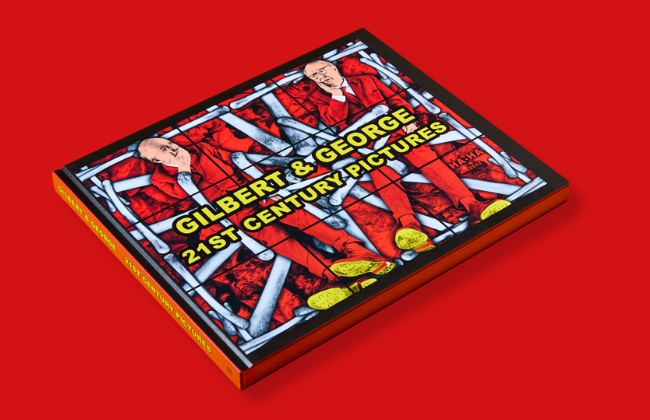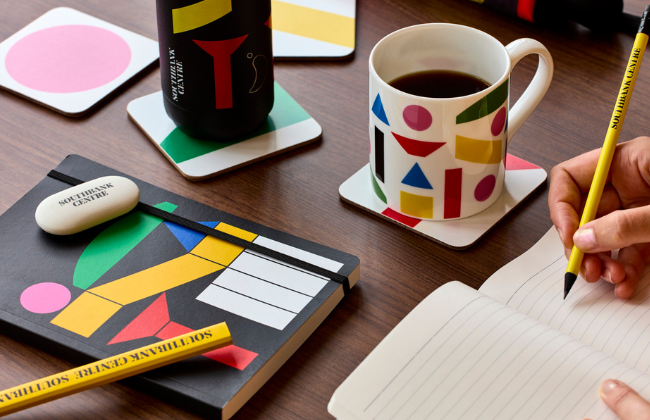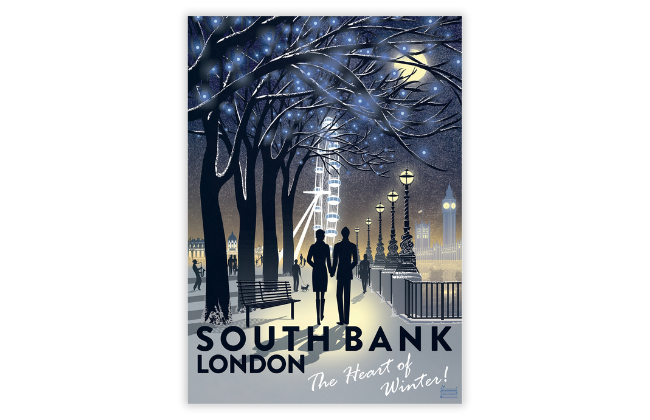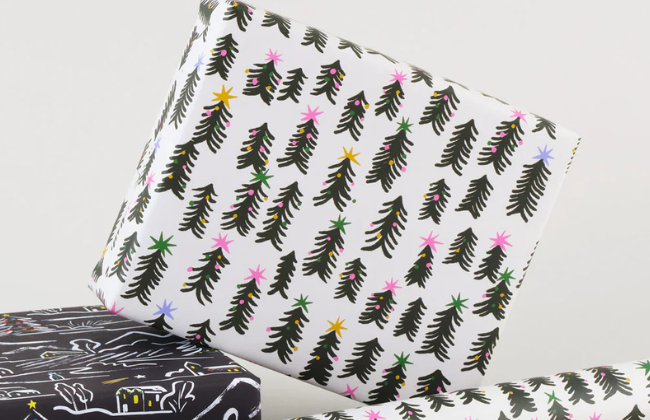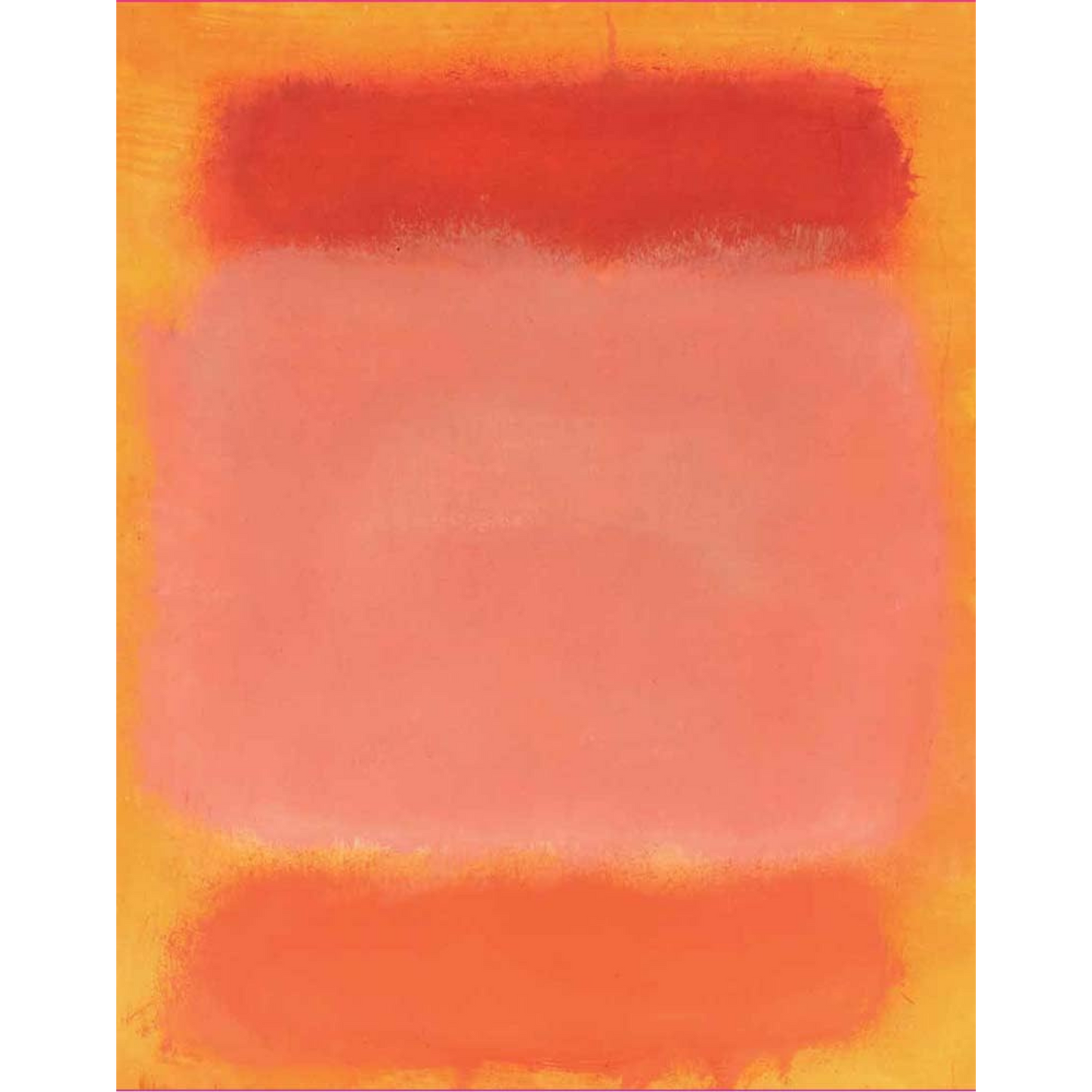Mark Rothko: Paintings on Paper
Mark Rothko (1903–1970) is renowned for his towering abstract paintings on canvas; joy, despair, ecstasy, and tragedy are among the themes that he sought to express in his luminous works. Despite Rothko’s prominence, few people know that he also created more than 1,000 paintings on paper over the course of his career. The artist viewed these not as preliminary studies but as finished paintings in their own right.
These remarkable paintings range from early figurative subjects and surrealist works to the soft-edged rectangular fields, often realized at monumental scale, for which Rothko is best known. These works challenge our expectations about how painting is defined, as well as popular ideas about Rothko and his career. In this beautifully illustrated volume, Adam Greenhalgh traces the role these works played in the artist’s reception, reputation, and success.
This book accompanies the first major exhibition dedicated to Rothko’s works on paper in forty years and brings together nearly one hundred radiant, rarely displayed examples. Building on the important research conducted by Greenhalgh and his team for the catalogue raisonné of Rothko’s works on paper, this important catalogue offers a new appreciation of an underrecognized facet of the artist’s practice.
Hardback, 200 pages
Mark Rothko (1903–1970) is renowned for his towering abstract paintings on canvas; joy, despair, ecstasy, and tragedy are among the themes that he sought to express in his luminous works. Despite Rothko’s prominence, few people know that he also created more than 1,000 paintings on paper over the course of his career. The artist viewed these not as preliminary studies but as finished paintings in their own right.
These remarkable paintings range from early figurative subjects and surrealist works to the soft-edged rectangular fields, often realized at monumental scale, for which Rothko is best known. These works challenge our expectations about how painting is defined, as well as popular ideas about Rothko and his career. In this beautifully illustrated volume, Adam Greenhalgh traces the role these works played in the artist’s reception, reputation, and success.
This book accompanies the first major exhibition dedicated to Rothko’s works on paper in forty years and brings together nearly one hundred radiant, rarely displayed examples. Building on the important research conducted by Greenhalgh and his team for the catalogue raisonné of Rothko’s works on paper, this important catalogue offers a new appreciation of an underrecognized facet of the artist’s practice.
Hardback, 200 pages
